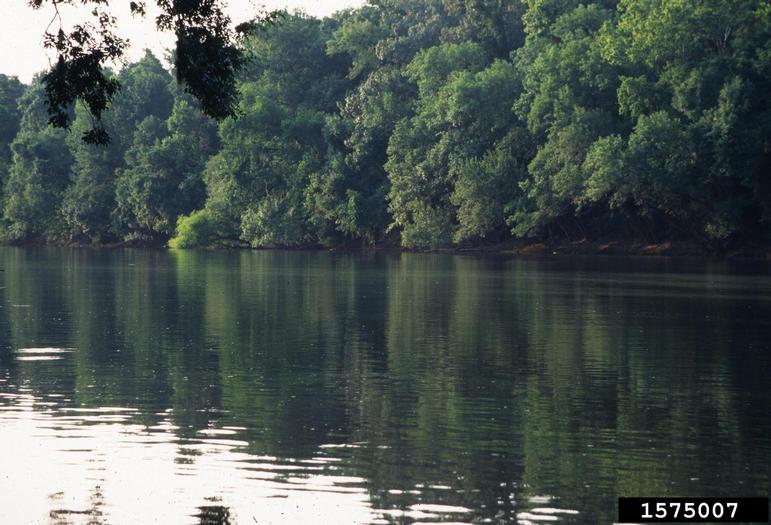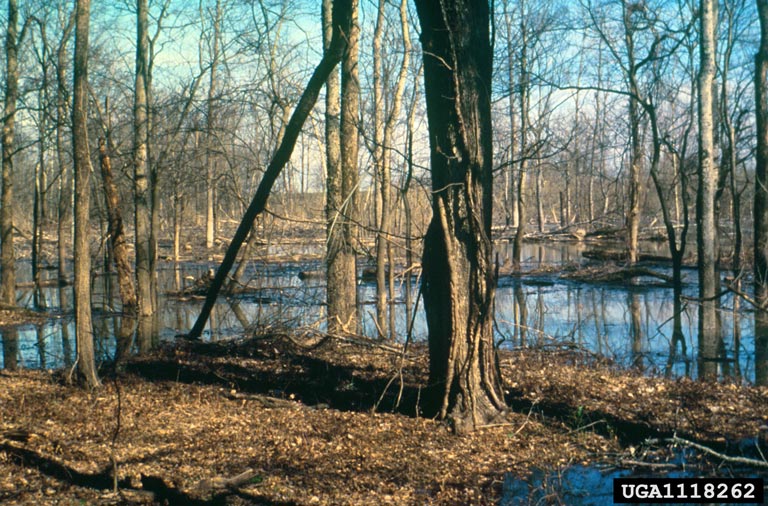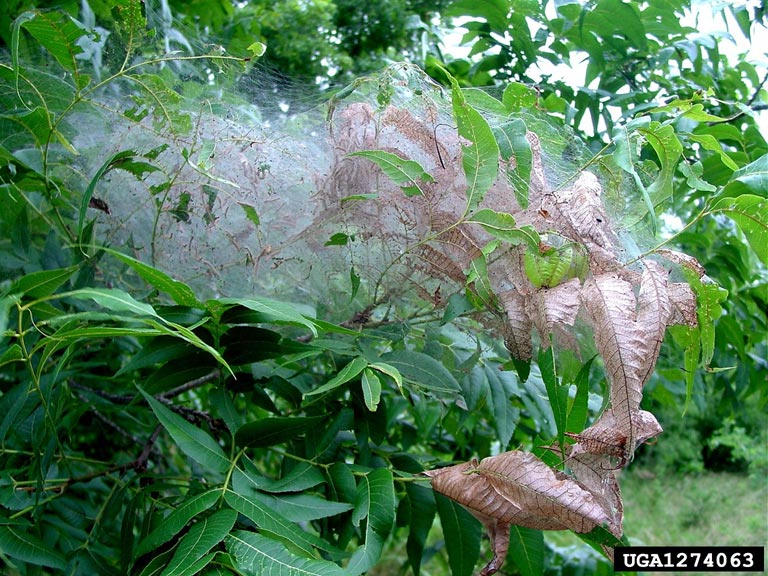Why Are My Trees or Shrubs Dying?
go.ncsu.edu/readext?1087267
en Español / em Português
El inglés es el idioma de control de esta página. En la medida en que haya algún conflicto entre la traducción al inglés y la traducción, el inglés prevalece.
Al hacer clic en el enlace de traducción se activa un servicio de traducción gratuito para convertir la página al español. Al igual que con cualquier traducción por Internet, la conversión no es sensible al contexto y puede que no traduzca el texto en su significado original. NC State Extension no garantiza la exactitud del texto traducido. Por favor, tenga en cuenta que algunas aplicaciones y/o servicios pueden no funcionar como se espera cuando se traducen.
Português
Inglês é o idioma de controle desta página. Na medida que haja algum conflito entre o texto original em Inglês e a tradução, o Inglês prevalece.
Ao clicar no link de tradução, um serviço gratuito de tradução será ativado para converter a página para o Português. Como em qualquer tradução pela internet, a conversão não é sensivel ao contexto e pode não ocorrer a tradução para o significado orginal. O serviço de Extensão da Carolina do Norte (NC State Extension) não garante a exatidão do texto traduzido. Por favor, observe que algumas funções ou serviços podem não funcionar como esperado após a tradução.
English
English is the controlling language of this page. To the extent there is any conflict between the English text and the translation, English controls.
Clicking on the translation link activates a free translation service to convert the page to Spanish. As with any Internet translation, the conversion is not context-sensitive and may not translate the text to its original meaning. NC State Extension does not guarantee the accuracy of the translated text. Please note that some applications and/or services may not function as expected when translated.
Collapse ▲“Why are my plants dying” is a very common question that I receive through the Extension office. Over the past two years, our climatic conditions have been rather extreme and this question has occurred more frequently. To help address this issue, let’s discuss the most common causes of plant decline in Pamlico County and what we can do to help prevent it.
Plant Decline Is a Gradual Process
First, plants do not die overnight unless they are struck by lightning, catch on fire, or something removes the entire plant from the ground. Plant decline typically occurs over weeks to months, with larger plants exhibiting symptoms longer, while smaller plants can decline more rapidly.
Soil Conditions and Root Health
How Wet Soil Affects Roots
Excessive soil wetness is the most common cause of plant decline, which deprives roots of oxygen leading to root death. Roots anchor plants in the ground, supply plants with minerals needed for growth, and provide access to water that plants need to transpire to move nutrients throughout the plant and remain turgid. Without a healthy root system, drought and high temperatures can create additional plant stress that can push plants over the edge.
Root Rot Diseases Common in Pamlico County
When root death occurs, disease pathogens can also enter plants resulting in decline. The most common of these pathogens in Pamlico County is Armillaria and phytophthora root rot. Above ground symptoms include dieback of foliage and stems, typically starting on new growth and progressing across the plant. Below ground symptoms include:
Armillaria Root Rot
- Armillaria – white fungal mass growing under the bark and the soil line, black rhizomorphs extended along roots
Phytophthora Root Rot
- Phytophthora – black dead roots, and black discoloration in stems
How to Choose Plants for Flood-Prone Areas
Improving Drainage and Plant Selection
To prevent plant decline from excessive soil moisture, consider improving drainage and selecting plants that can tolerate wet soil conditions. The NC State Extension Plant Toolbox has an excellent database that you can search and select site specific conditions to help choose plants that are adapted to your location.
Understanding Natural Loss Near Water
If your shrubs and trees lie within several hundred feet of a creek or river, realize there is little you can do to prevent excessive soil moisture. If you observe trees growing along the shore’s edge across Pamlico County, you will see numerous dead or dying trees. This is a natural process that cannot be entirely prevented.
Reducing Hazards with Native Species
High tides, hurricanes, and excessive rain events will create saturated soil conditions at numerous times during the year. To help reduce hazards created by these conditions, consider selecting trees and shrubs of shorter stature and replace lost trees with native species more tolerant to flooding.

Trees growing near water are adapted to fluctuating conditions but can still suffer during extreme weather patterns.
Are Insects to Blame?
I often get asked if insects are the cause of dead or dying plants. While there are a few insects that can kill healthy trees and shrub, most often plants are weakened by climatic conditions, soil compaction, and root disturbances that allow secondary pests to enter and push plants closer to death.
Cosmetic vs. Damaging Insect Activity
Some insect pests like fall webworm or twig girdlers create mostly cosmetic damage that rarely requires control. Other insects like bagworms can cause significant damage in short periods of time and should be controlled (Integrated Pest Management of Ornamental Pests NCSU).
Bark Beetles and Declining Pines
Questions about bark beetles killing pine trees is another common occurrence, but rarely do they cause significant damage in Pamlico County. Often, homeowners do not notice the decline of pine trees until the canopy turns brown or bark starts to fall off the tree. By this time, the tree has been dead or in decline for many months and you will find many different species of insects working to help the natural process of decay.
Just because the insect is there does not mean it is the reason the tree died. Once a tall pine tree’s canopy has turned brown, that tree is dead and should be removed if it poses a hazard to property should it fall. No additional treatment of nearby trees is typically needed, and would only provide a couple of weeks of protection if applied. Also, insecticide treatment of tall trees requires specialized equipment that is expensive and time consuming.
Plants Don’t Live Forever
Lastly, it is helpful to keep in perspective that plants, like humans, do not live forever. Age, disease, and environment influence the life span of all living organisms and your plants are no exception.
Should you have additional questions about plant decline on your property, please contact me, Daniel Simpson, at 252-745-4121 or daniel_simpson@ncsu.edu to discuss your situation. Cooperative Extension is a free educational service that helps to address the needs of all citizens. We can make site visits to examine issues and help submit diagnostic samples to appropriate labs to help resolve issues.





